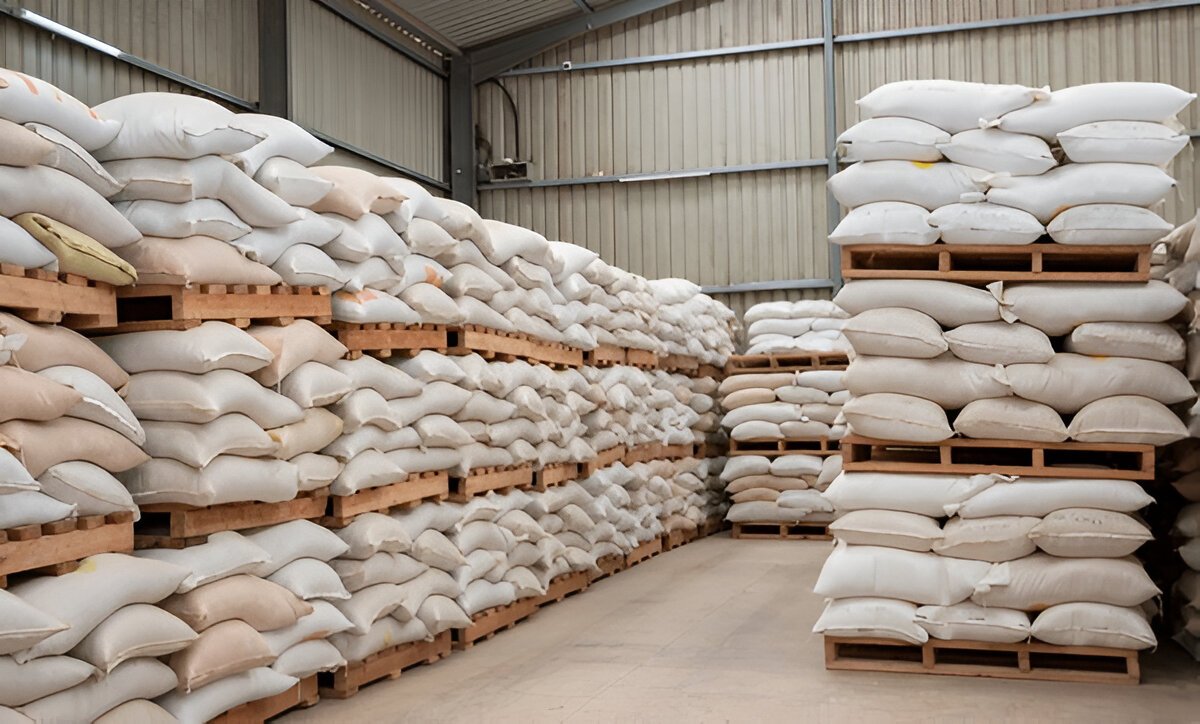
Polypropylene bags have become an essential part of modern packaging due to their durability, affordability, and versatility. Whether used for storing food, transporting goods, or protecting products from external elements, these bags offer numerous advantages over traditional packaging materials. This comprehensive guide explores the benefits, applications, and manufacturing process of polypropylene bags, highlighting why they are the preferred choice for various industries.
What Are Polypropylene Bags?
Polypropylene (PP) bags are made from a thermoplastic polymer known as polypropylene. This material is lightweight yet highly durable, making it an excellent choice for packaging solutions across industries such as agriculture, food, retail, and construction. These bags can be manufactured as woven or non-woven types, depending on their intended use.
Types of Polypropylene Bags
- Woven Polypropylene Bags: Made from woven material, these bags are strong and durable, ideal for heavy-duty packaging applications. They are commonly used in agriculture for storing grains, seeds, and fertilizers.
- Non-Woven Polypropylene Bags: These bags are made from bonded polypropylene fibers, offering a smooth texture and excellent printability. They are widely used for promotional tote bags, shopping bags, and reusable grocery bags.
Advantages of Polypropylene Bags
1. Durability and Strength
Polypropylene bags, especially those made from woven material, offer exceptional strength and resistance to tearing. This makes them ideal for carrying heavy loads, including agricultural produce, construction materials, and industrial goods.
2. Water and Moisture Resistance
Unlike paper bags, polypropylene bags are highly resistant to water and moisture. This feature ensures that products remain safe and undamaged even in humid or wet conditions.
3. Lightweight and Cost-Effective
Despite their strength, polypropylene bags are lightweight, reducing transportation costs. Their affordability makes them an economical choice for bulk packaging needs across industries.
4. Eco-Friendly and Recyclable
Many polypropylene bags are recyclable, reducing environmental impact. Reusable non-woven polypropylene bags serve as an eco-friendly alternative to single-use plastic bags, promoting sustainability in packaging.
5. Customizability and Branding
Polypropylene bags can be easily customized with logos, graphics, and colors, making them an excellent marketing tool. Businesses often use printed polypropylene bags for brand promotion and advertising.
Applications of Polypropylene Bags
1. Agriculture and Farming
Woven polypropylene bags are widely used in the agricultural sector for storing and transporting grains, seeds, and animal feed. Their durability ensures that the contents remain protected from external factors such as pests and moisture.
2. Food Industry
Food-grade polypropylene bags are used for packaging items such as flour, sugar, rice, and dry fruits. Their ability to maintain freshness and prevent contamination makes them a preferred choice in the food sector.
3. Retail and Shopping Bags
Reusable non-woven polypropylene bags are commonly used as shopping and promotional bags. Their stylish designs, durability, and eco-friendliness make them a popular alternative to single-use plastic bags.
4. Industrial and Construction
The construction industry uses woven material polypropylene bags for packaging cement, sand, and chemicals. Their robust nature helps in the safe handling and transportation of heavy industrial materials.
5. Healthcare and Medical Packaging
Polypropylene bags are used in hospitals and healthcare facilities to store and transport medical supplies. Their resistance to moisture and chemicals ensures that medical products remain sterile and secure.
Manufacturing Process of Polypropylene Bags
- Extrusion: The process begins with melting polypropylene resin at high temperatures to form a continuous sheet or fiber.
- Weaving (for Woven Polypropylene Bags): For woven material bags, the extruded fibers are stretched and woven into fabric sheets, which are later cut and stitched to form bags.
- Printing and Lamination: Bags can be printed with company logos, designs, or instructions. Lamination may be added to enhance durability and provide additional protection against moisture.
- Cutting and Stitching: The final step involves cutting the fabric into the desired sizes and stitching the bags together to ensure strength and durability.
Why Choose Polypropylene Bags Over Other Packaging Materials?
- Higher Durability: Unlike paper or standard plastic bags, polypropylene bags offer superior strength and longevity.
- Cost-Effective: Their affordability makes them an economical packaging solution for businesses.
- Sustainability: Reusable and recyclable, polypropylene bags help reduce environmental waste.
- Versatility: Available in different sizes, shapes, and types (woven and non-woven), these bags cater to diverse packaging needs.
Polypropylene bags, especially those made from woven material, are a reliable and cost-effective solution for multiple industries. Their strength, water resistance, and sustainability make them a preferred choice for agricultural, industrial, and retail applications. As businesses and consumers shift towards eco-friendly packaging solutions, polypropylene bags continue to gain popularity due to their durability and recyclability. Investing in these bags not only ensures safe and efficient packaging but also contributes to a more sustainable future.




Leave a Reply